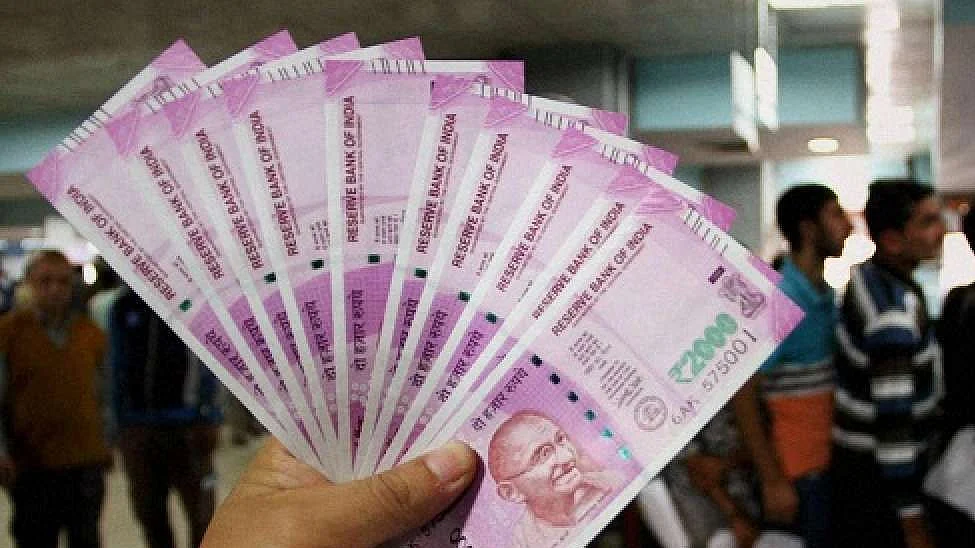What has led to 13% fall in circulation of ₹2000 currency notes?
What has led to the 13 percentage point fall in the circulation of ₹2000 notes barely two years after it was introduced? Reports say RBI has stopped printing the currency note.

The Government may not denotify or demonetise the high value currency notes of ₹2000 denomination, but reports are that the Reserve Bank of India has stopped printing the banknote to gradually reduce its circulation.
The share of the Rs 2,000 notes in the total currency in circulation has come down, according to the RBI’s annual report, released in August 2018. In March 2018, it was recorded at 37.3 per cent, a fall of nearly 13 percentage points from 50.2 per cent in March 2017.
The introduction of the currency note had drawn severa criticism in the wake of the Government demonetising the currency notes of the denomination of ₹1000 in November, 2016. Since the Prime Minister had argued that withdrawing the high value currencies would make it difficult for people to hoard cash, critics had asked how it squared up with issuing notes carrying double the value.
The political opposition had always felt that the move was designed to help the ruling Bharatiya Janata Party before the crucial Uttar Pradesh election in 2017. The decision to stop printing of the currency months before the general election, has triggered a fresh bout of speculation over a possible political motive behind it, especially since no satisfactory explanation has been given why it was introduced in the first place.
So, two years after its introduction, the currency note which aimed at ending circulation of fake currency and black money, appears headed to a slow extinction.
A report in The Print said, “The decision comes on the back of suspicion in the Modi government that the high-denomination banknote was being used for hoarding, tax evasion and money laundering.”
Soon after the ₹2,000 note—the highest denomination in circulation currently—was introduced in November 2016, TV channel ZEE informed viewers that the banknotes had “state of art nano GPS chips”.
The channel had then reported that the ‘Nano-GPS chip-enabled notes’ would help government track wherever they were kept. He went on to claim that the chip was strong enough to even track notes buried deep underneath the ground.
Watch the video here:
Similarly, another TV channel Aaj Tak had claimed that the state-of-the-art currency notes had novel features. “There are three things we know (on nano GPS chip in ₹2,000). The new note has nano technology GPS. If there are too many notes lying together at one place, then not only will the law enforcing agencies be alerted about it but even the Income Tax department will receive a signal. Because the note will transmit a signal directly to a satellite,” the anchor was then heard saying in the video.
“The notes can be found even if they are buried 120 meters below the earth,” she had remarked.
Watch the video here:
Follow us on: Facebook, Twitter, Google News, Instagram
Join our official telegram channel (@nationalherald) and stay updated with the latest headlines
Published: 03 Jan 2019, 9:14 PM
